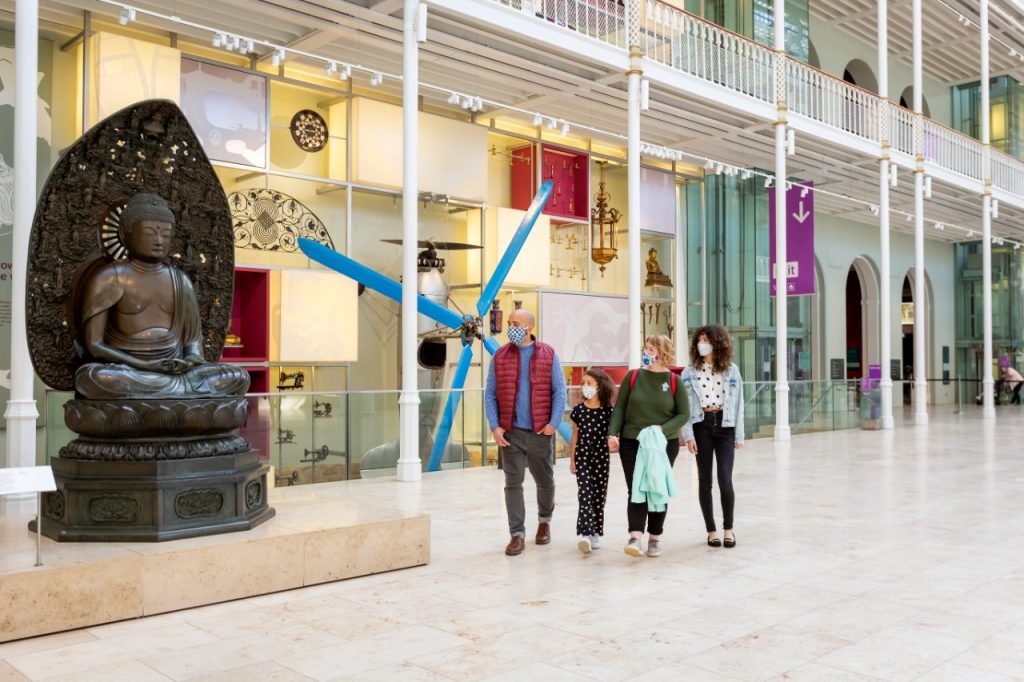Contemporary collecting has been a hot topic for many museums for several years now. Curators have adopted several different approaches to ensuring their institutions are responsive and capturing the important issues of the time so that present and future visitors are better able to understand and learn from the experience of society now. From ‘rapid response’ collecting of topical objects and annual sampling of printed ephemera to new methods of engagement with communities in acquiring or commissioning material and strategic focus on under-represented cultures and new media, there are many ways of ensuring museums are both relevant and future-proofed.

‘Indigenous people around the globe have been mask makers for centuries…As a result of today’s pandemic, it is inevitable that Indigenous artists have united in the creation of Indigenized masks. Now is the time to protect our people. Wear a mask!’
Crystal Worl (Tlingit + Athabascan artist) describes the intention behind the salmon skin mask recently acquired by National Museums Scotland’. Photo: Kaley McGoey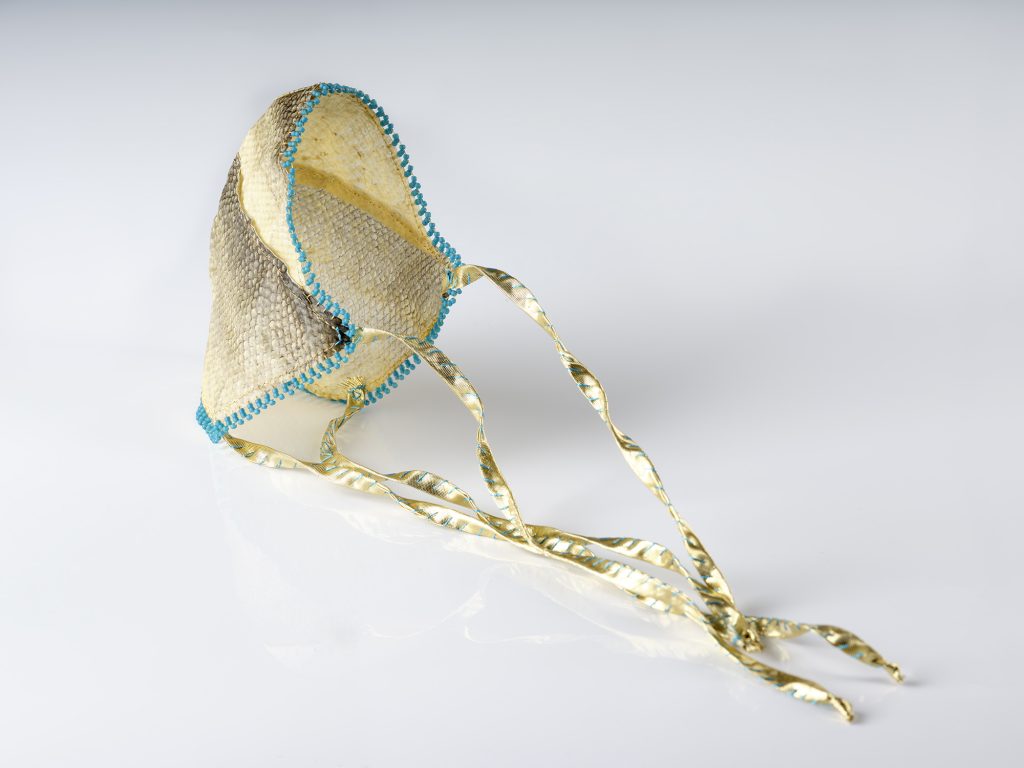
COVID-19 has of course sharpened that need to capture the moment and we have been proactive across several domains (medicine, politics, the domestic, transport) in acquiring representative examples of the material culture of an extraordinary moment in our collective experience. We are also aware that the issues which concern many in society now need to have a presence within our collections so that we can do them justice in our public programme and future gallery plans. Current urgent questions around human rights, food security, plastics and pollution, climate change, genetics and identity and indeed public health can be vividly explored through the objects we collect, to social and educational benefit.
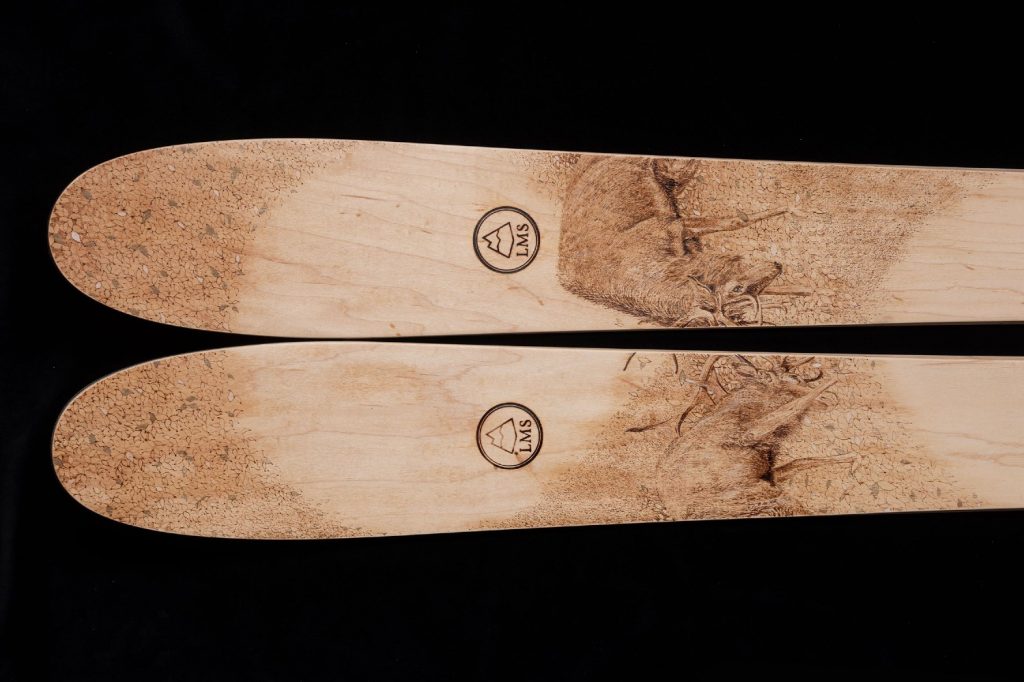
In order to do this effectively and serve future generations of curators and visitors well, we’re building on experience within National Museums Scotland of engaging with topics and stories with contemporary relevance as well as supporting other museums in their collecting through our administration of the National Fund for Acquisitions. But there are challenges too. Sometimes it’s difficult to collect without historical distance, to second guess what will be important or of value in the future. What is considered mundane today may have enormous nostalgic or scientific value in years to come. New ‘born digital’ technologies raise all sorts of issues in relation to conservation and future legibility, and many of us are drawn to spectacular or disruptive items, whilst overlooking the textures of everyday life. But I think the effort is worthwhile.
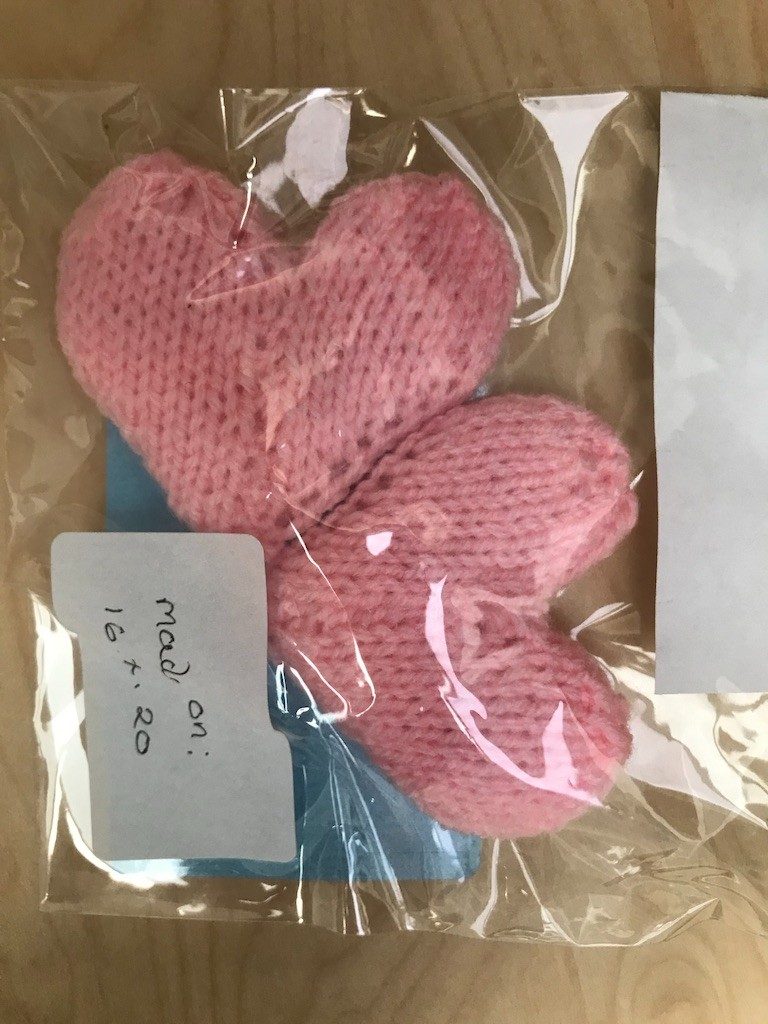
Of course, contemporary collecting has existed in museums since their foundation. The great nineteenth century collections, ours included, built on the opportunities presented by international exhibition culture, acquiring the latest examples of art, technology and design and the collection of science specimens is contemporary collecting in essence, offering a snapshot of the planet’s bio-diversity at any one moment. This is a timely reminder that whenever we collect we are bringing the past into the present and the present into the future, providing a living thread for those compelling ideas and emotions that make museums such unique spaces of understanding and exploration.
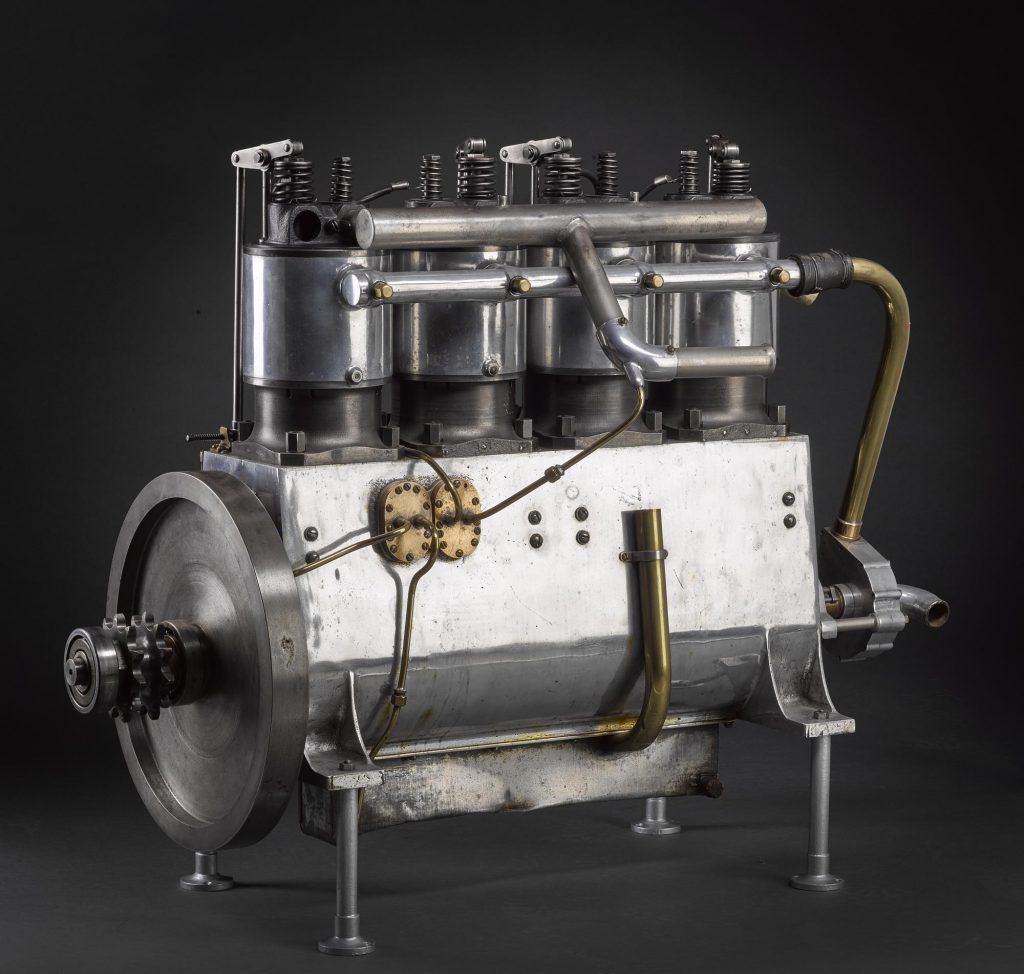
Wright Brothers’ 1910 aero engine presented to the Museum in 1927 by Orville Wright {T.1927.26} on display in Technology by Design 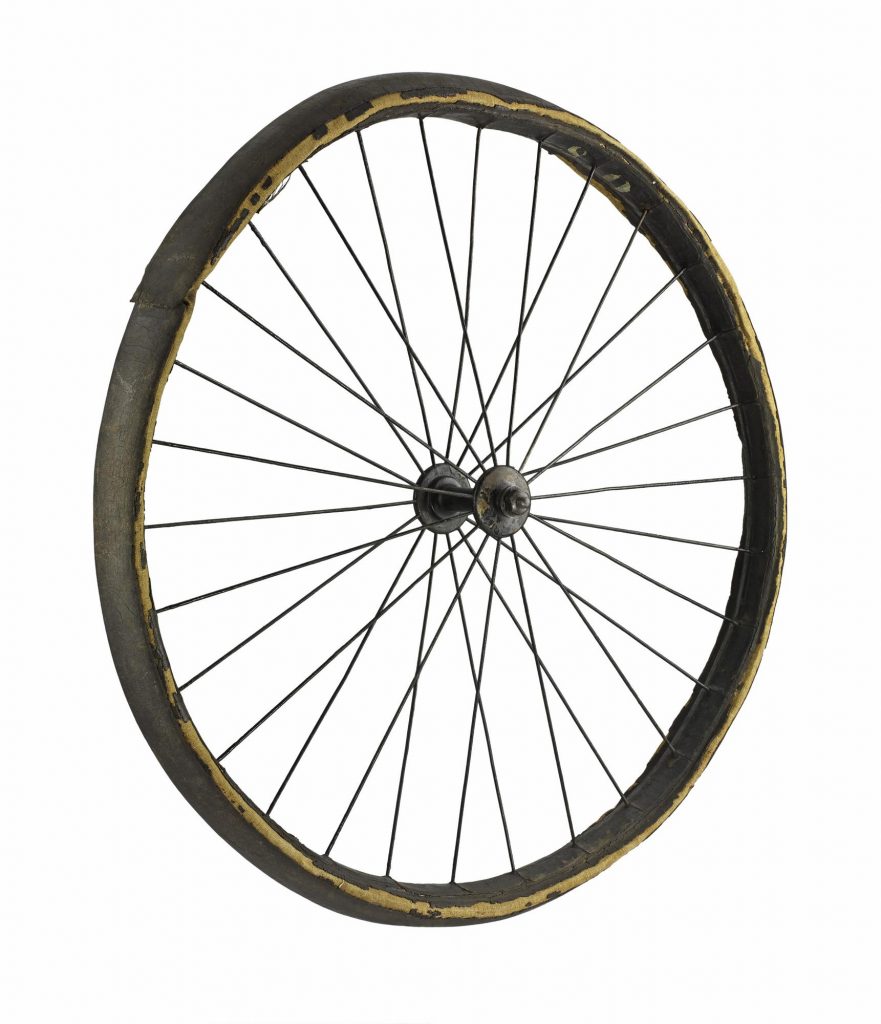
John Boyd Dunlop’s pneumatic tyre from 1888, donated by him to the Museum in 1910. Thought then to be the first of its kind {T.1920.27} on display in Technology by Design 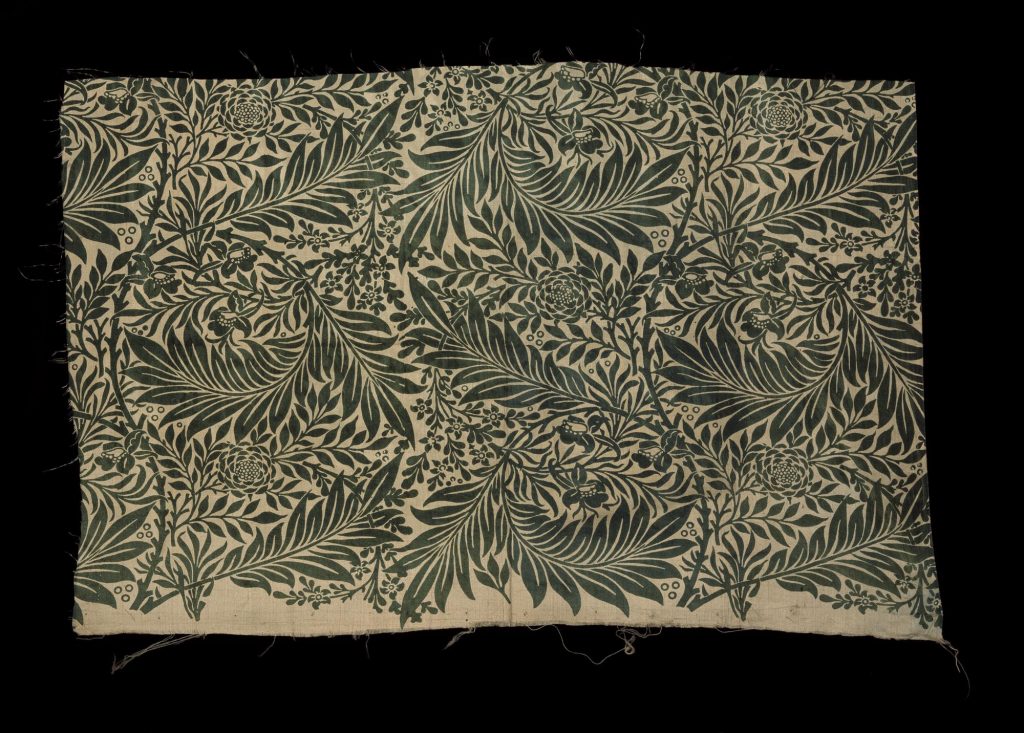
Thomas Wardle & Co.,Printed tussar silk sample with a design by William Morris called ‘Larkspur’ circa 1890 {A.1891.288.88} in NMCC 